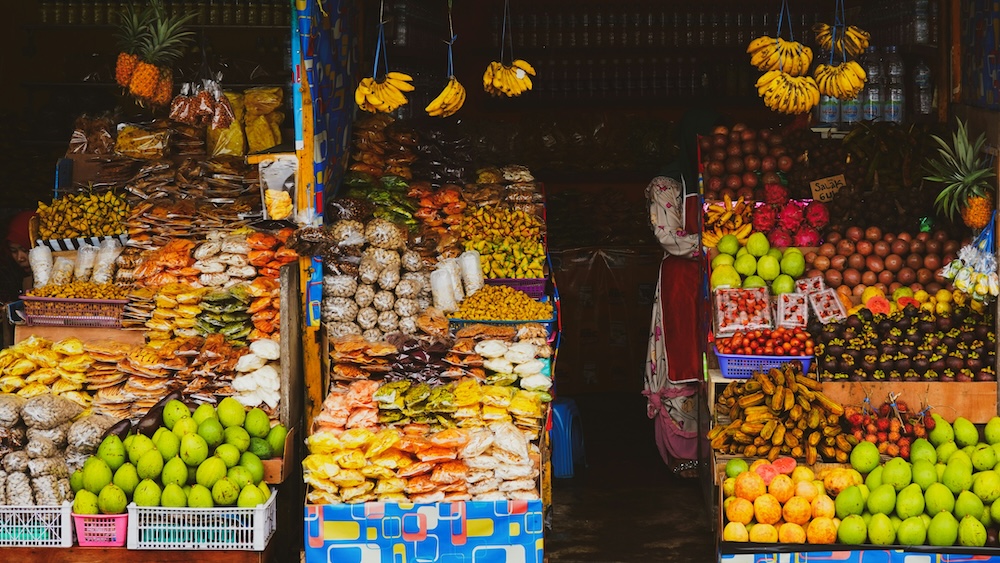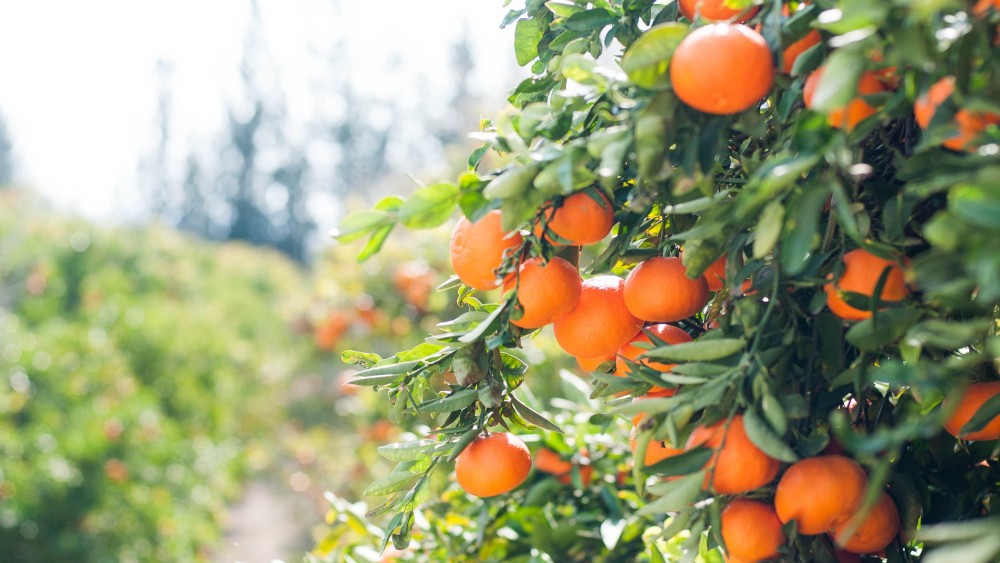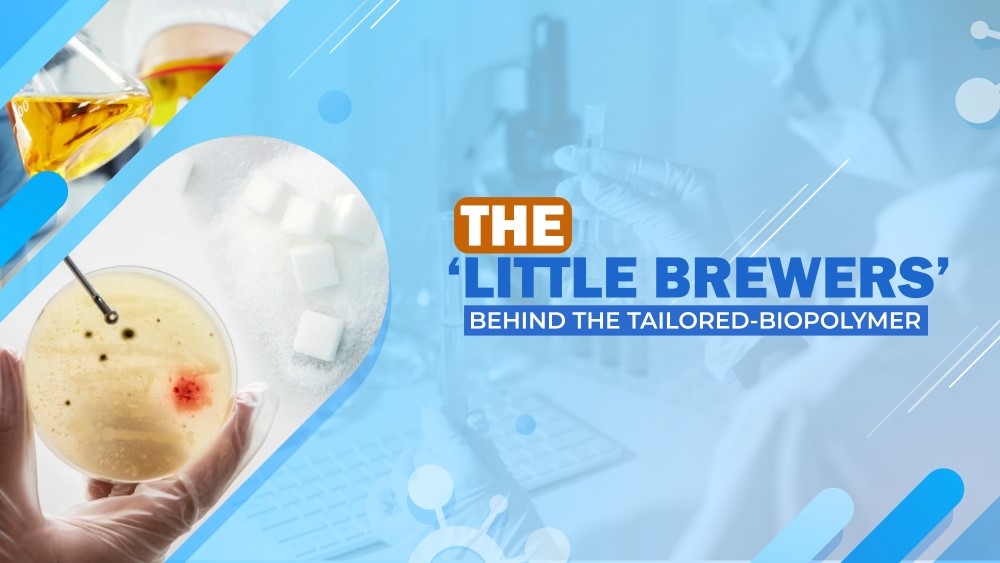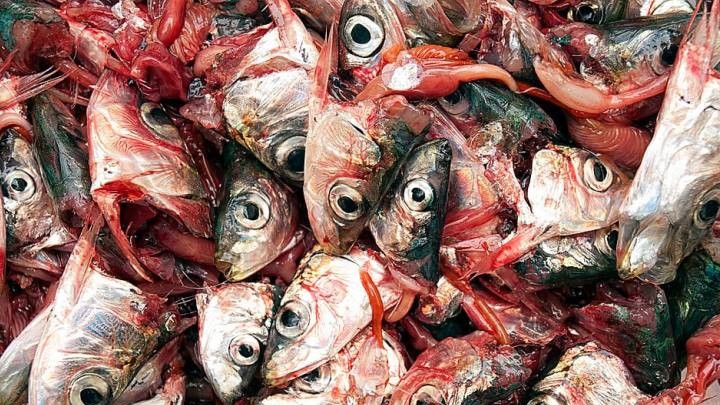A balancing act of utilising the three critical resources for sustaining life.
Water, energy, food — all are essential to human life and all interconnected. However, achieving water, energy, and food security for everyone is the greatest challenge humankind faces today. It’s a delicate balancing act!
We’ve been talking about resources running out for ages. In the 70s we talked about oil running out. In the 80s we talked about the destruction of rainforests and in the last five years or ten years, we’ve been talking more about water scarcity, energy and sustainability of global food production.
But we always talk about them as a single issue. We need to begin to think about them in a much more integrated and interconnected way. We need to begin thinking in this triangle of the water and energy and food nexus.
These three essential resources are already under stress but soon they will be pushed to their limits. Almost 1 billion people are without access to safe water. Around 1.4 billion do not have access to modern forms of energy (including access to electricity) and one in eight people go to bed hungry every single night (i.e., close to 1 billion of the world population go hungry every day).
The global demand for food, freshwater and energy will continue to rise significantly over the next few decades under the pressure of population growth, economic development and climate change. By 2050, it is estimated that the world will have nine billion mouths to feed. Obviously, between now and then we’ll have to produce more food than we’ve ever produced in the last eight thousand years.
As we were moving from the 20th to 21st century and now into the era of Industry 4.0, the link between these vital resources have become more apparent during recent years as natural resources become more depleted and scarce.
With increasing production of biofuel, large areas of land are now being developed for energy rather than for food, creating competition between the two sectors. This is why the market prices for food and oil are now so closely linked.
Let’s start with the most basic element — water. We need water to make our crops grow and to produce our energy. For instance, to grow our plants and to produce biofuels every year the world uses 580 billion cubic meters of water for energy. That’s over 200 million Olympic sized swimming pools.
While irrigated agriculture consumes the most freshwater worldwide, it contributes around 40 per cent of the world’s grain production.
But we also need the energy to treat our water and to transport our food from field to table. Energy is needed for desalination of water as well as for groundwater pumping.

Let’s have a look at what it takes to produce a steak…yes, there’s more to it than meets the eye. It takes over 3,000 litres of water to make the steak. In producing the steak, it uses 35 times more energy than you’ll get out of it. The world is hungry for food, food is hungry for energy and energy production is hard work.
All types of electricity generation consume water — water cools power plants and it is needed for hydropower production. The rapidly increasing demand for natural resources degrades the very ecosystem on which our economies and societies so critically depend.
People’s livelihoods are closely linked to the health and quality of these ecosystems and those who have limited access to safe drinking water, nutritious food, and modern forms of energy suffered the most from ecosystem degradation.
Conventional ways to address these problems often neglect their interconnectedness. Isolated approaches often result in conflicts with a solution to one problem worsening others.
More food means more energy and that means we’re going to need a lot more water. But on a changing climate, we’re going to have to achieve more with less. Water, energy, food…the connections just keep growing. Understanding their interconnections is the essence of nexus thinking. This is why we call for a nexus approach to water, energy and food.
We need integrated approaches for long-term socio-economic and environmental benefits. For instance, when a new energy supply strategy is being developed, potential positive and negative impacts on water, food and ecosystems should be assessed as well.
This is not an easy task given the complexities of the inter-linkages. It calls for joint global responsibility and cooperation among scientists and policymakers. We need to bring all disciplines of science into the nexus debate to fill our current knowledge gaps and we need coherent policies for sustainable governance of resources. So let us join forces and contribute to the development of a nexus agenda to support evidence-based action. Sustainable development can only be achieved if we understand and better manage the water, energy and food Nexus.
Final thoughts
The complex interrelationships between water energy and food the water energy food nexus has emerged as a useful concept to describe and address the complex and interrelated nature of our global resource systems in which we depended. The conventional ways to address water, energy, and food security separately are no longer valid because the interconnectedness between such scarce resources cannot be ignored any more.
The key is a nexus approach that breaks silos and creates partnerships to maximise global environmental benefits. Together we can create a nexus approach that addresses climate risks in food production and supply chains but we must act now.
The article was first published on Medium















